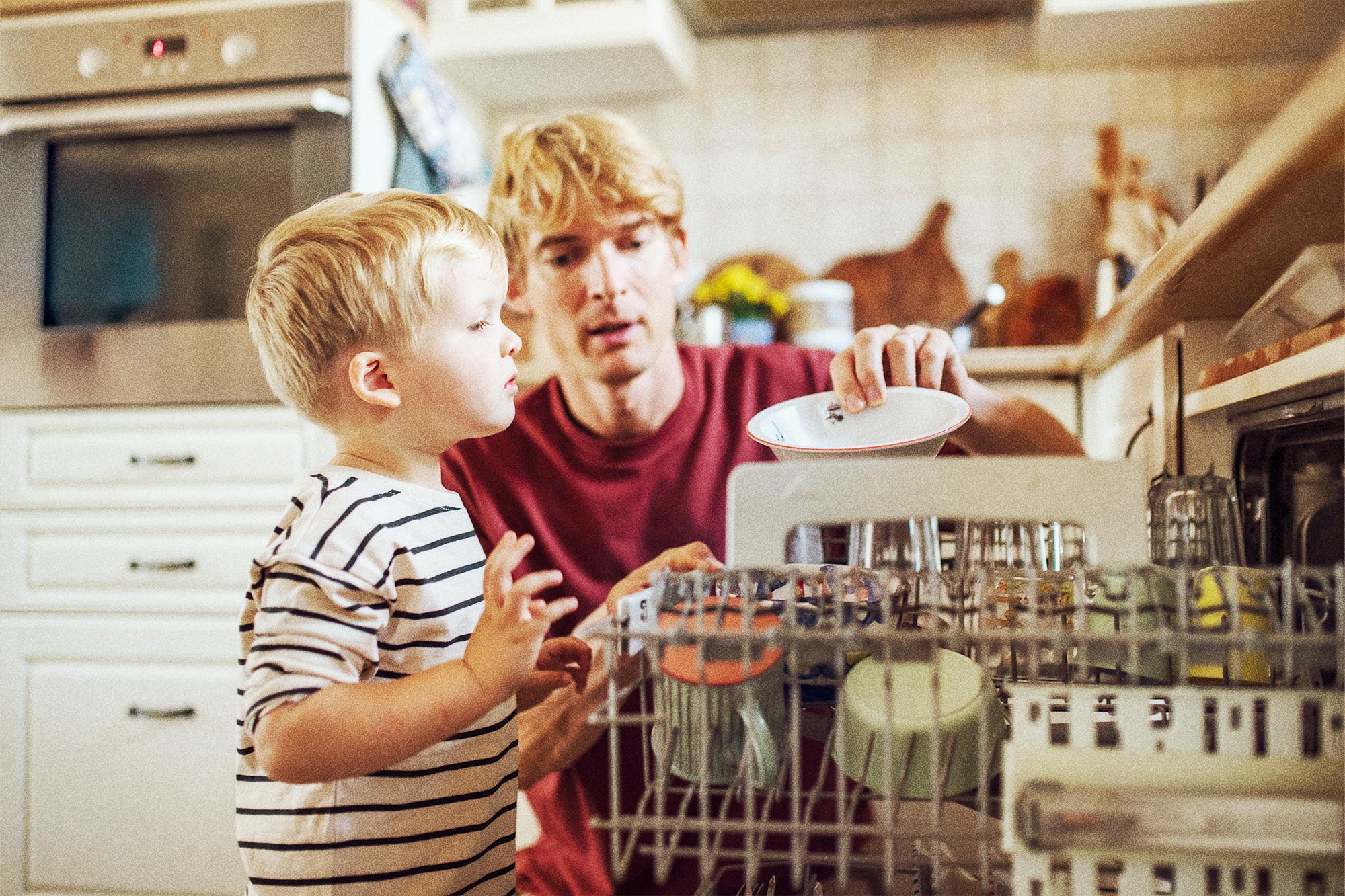My family spends a lot of time at home—more than most families. My wife homeschools our four kids, and I work remotely from a room on the main floor for 40 hours a week. That’s six people within the same four walls for most of the day. We quickly realized that the state of our home had a big impact on how we felt.
When things got messy and chaotic, with piles of clutter accumulating from our busy children, we felt more stress than usual. When we did manage to tidy up things and restore our home to order, we genuinely felt lighter, as if a burden had been lifted.
It’s no surprise that our environments can affect us this way. For thousands of years, humans have been trying to make our homes more beautiful and erect buildings that elevate our spirits. Some of this requires a significant investment of resources, but most of the time, it just takes care.
We felt calmer when there was less clutter, but we also felt we were fighting a never-ending battle that required more time than we could give. A breakthrough finally happened when we realized the solution was to drastically reduce the amount we owned. With fewer things floating around, there was always less to put away.
After minimizing our possessions, all we needed were a handful of daily routines that kept clutter from making a comeback. After a bit of trial and error, we have a clutter-free home that doesn’t require a whole lot of upkeep.
6 Steps to Keeping Clutter at Bay
Here are some of the daily routines that let us stay on top of things with very little effort:
1. Designate a Clutter Bin
You don’t always have time to put things where they belong, but the worst thing you can do is just put them down anywhere. Pretty soon, you’ll have stuff lying around in random spots, which only makes it more time-consuming to pick up later and makes the house look cluttered.
One of our favorite tricks is to put a basket in the living room, or any central space, where you can toss items you come across, pick up, or don’t need until a designated clean-up period. That way, they’re out of sight and easier to address all at once when you’re ready.
2. Keep a Donation Box Handy
Another key bin to have around is one for donations until you’re ready to take them away. We keep a cardboard box in our entryway closet for this purpose. A donation bin makes you more likely to consider an object for donation. If you constantly find something out of place, or you’re cleaning a room and wonder if something is really needed— just toss it in the donation bin. If it doesn’t get used or hunted down before your next donation trip, then you made the right call.
3. Do 1 Thing at a Time to Completion
Another source of clutter we identified in our home stemmed from starting one activity and moving on to another before completing the first. Maybe you started folding the clothes and then stopped to start dinner. Or perhaps you got your tools out to hang a picture frame and left everything on the counter instead of putting them away in the garage.
After an activity is just about completed, it’s tempting to want to immediately move on to something else more pressing. But often, a bit of wrapping-up work needs to be done. Starting and finishing a task is emotionally rewarding and mentally less stressful than our typical state of multitasking and bouncing around.
4. Process Items Immediately
One big reason that clutter accumulates is indecisiveness. You grab the mail from the mailbox and flip through it on your way to the door. Instead of throwing away what you don’t need, you just toss everything on the counter in a heap, figuring that you’ll deal with it later. The same goes for broken items, items to be returned, and things you need to move to another room—they get set down with good intentions without a firm plan for when you’ll come back.
The only solution I’ve found for this issue is to get in the habit of being decisive. If something is broken, for example, decide right there and then if it’s worth fixing or should be thrown away immediately.
5. Schedule Key Chores
Pick a few key chores to bookend the day. You might clear off your countertops each evening and empty the dishwasher in the morning or use any predictable schedule you know you’ll stick with.
These should be done in a highly visible room in your house so that you know, at the very least, you’ll feel good about being in that space. When we physically experience the benefits of less clutter, we’re more likely to prioritize the rest of our decluttering habits throughout the day.
6. Reduce Your Possessions
If you’ve been trying to declutter your home but can’t make it stick, the most important step you can take is to reduce your possessions. Ninety-five percent of the time, having too many things is the problem. After you’ve made headway in minimizing, keeping clutter down is not nearly as hard as you’d think.
With just the five simple routines outlined above, we’ve managed to maintain our mostly clutter-free home, even with four energetic kids living their happy lives within it.












